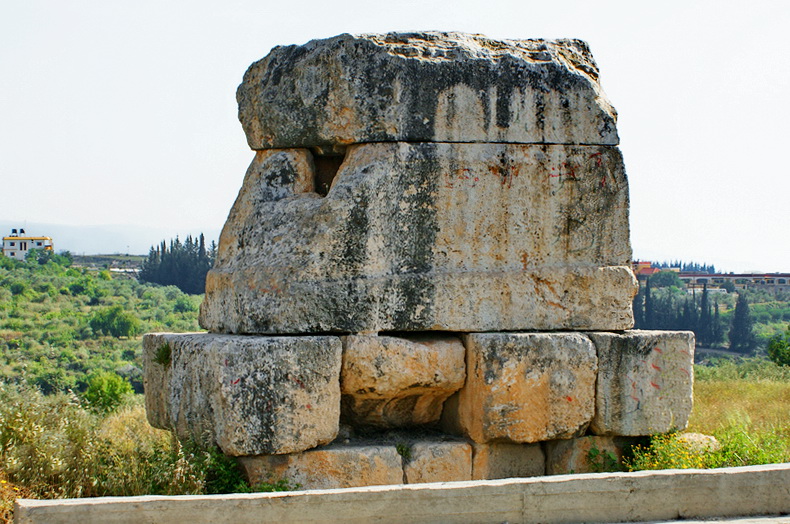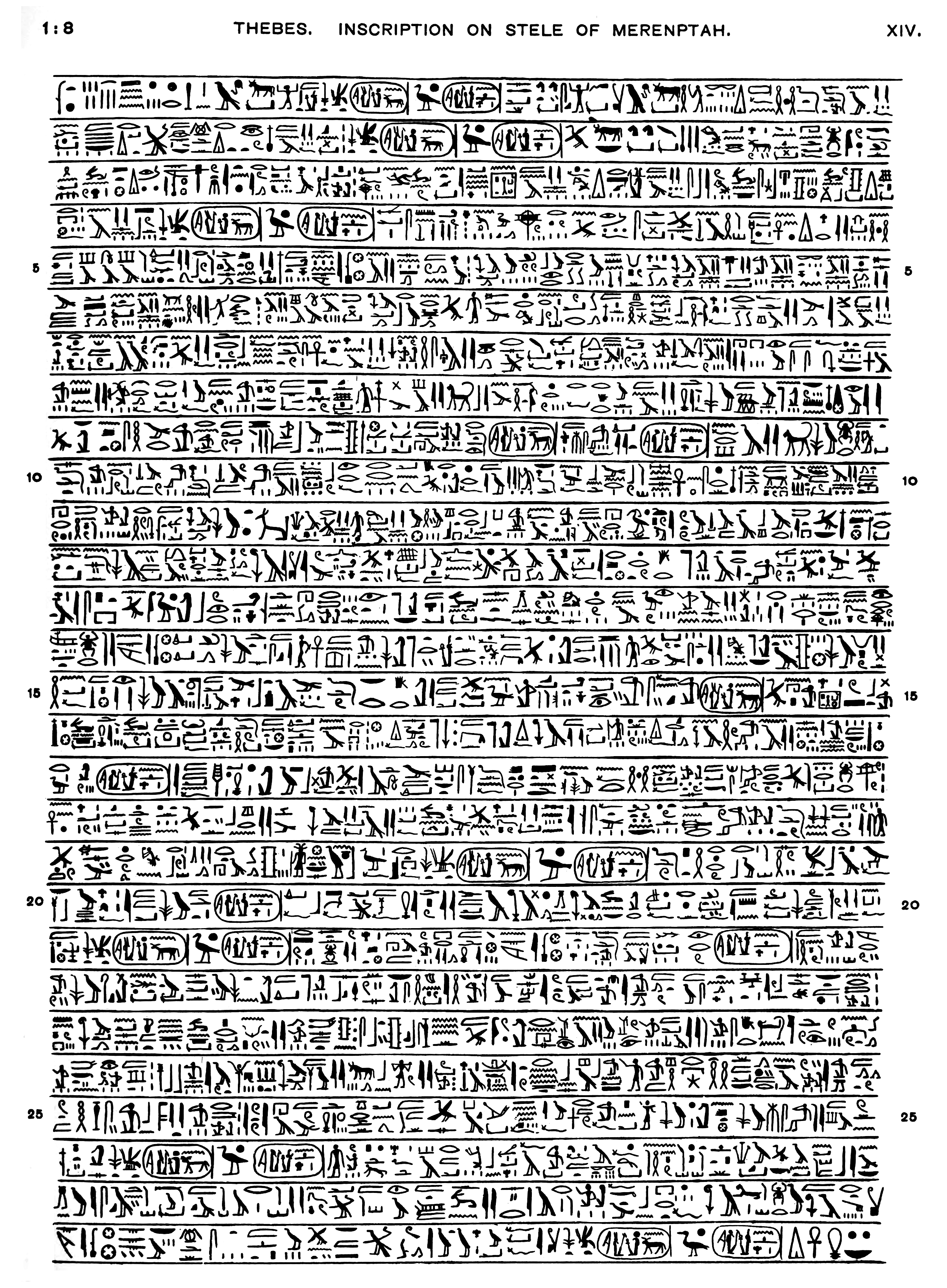|
Valerius Coucke
Valerius Josephus Coucke (2 February 1888 – 20 December 1951 (aged 63) ) was a Belgian scholar and priest who was professor at the Major Seminary, Bruges in the 1920s. His importance to modern scholarship comes from his writings in the field of Old Testament chronology. His study of the methods of the authors of the books of Kings and Chronicles led him to conclusions that were later discovered, independently, by Edwin R. Thiele. His approach was distinctive for the use of citations in classical authors to obtain fixed dates in biblical history, most notably the date for the beginning of construction of Solomon's Temple. Biography Coucke was born on 2 February 1888, in Poperinge, in the Belgian province of West Flanders. He studied at the Catholic University of Leuven, where he graduated Bachelor of Sacred Theology (S.T.B.). He was ordained a Catholic priest in 1912 and was appointed to several parishes: Bredene, Staden, and Hooglede (all in the diocese of Bruges in Belgium) ... [...More Info...] [...Related Items...] OR: [Wikipedia] [Google] [Baidu] |
Poperinge
Poperinge (; french: Poperinghe, ; vls, Poperienge) is a city and municipality located in the Belgian province of West Flanders, Flemish Region, and has a history going back to medieval times. The municipality comprises the town of Poperinge proper and surrounding villages. The area is famous for its hops and lace. The town Poperinge is situated about 13 km (8 miles) to the west of Ypres (Ieper). The region is famous for growing hops and furnishes 80% of Belgian production. The town is home to the national hop museum and is called "hops city", ''hoppe stad'' in Dutch, a play on ''hoofd stad'', the word for capital. A triennial hop festival and parade is held in the month of September. The local brew is known as Hommel (which means hops in the West Flanders dialect). The carillon in the tower of the town's oldest church, Sint-Bertinuskerk, was noted as one of the most beautiful in Flanders in mediaeval times. It was destroyed during wartime in 1677 and restored in 1781. Poper ... [...More Info...] [...Related Items...] OR: [Wikipedia] [Google] [Baidu] |
Third Intermediate Period Of Egypt
The Third Intermediate Period of ancient Egypt began with the death of Pharaoh Ramesses XI in 1077 BC, which ended the New Kingdom, and was eventually followed by the Late Period. Various points are offered as the beginning for the latter era, though it is most often regarded as dating from the foundation of the Twenty-Sixth Dynasty by Psamtik I in 664 BC, following the departure of the Nubian Kushite rulers of the Twenty-fifth Dynasty after they were driven out by the Assyrians under King Ashurbanipal. The concept of a "Third Intermediate Period" was coined in 1978 by British Egyptologist Kenneth Kitchen. The period was one of decline and political instability, coinciding with the Late Bronze Age collapse of civilizations in the ancient Near East and Eastern Mediterranean (including the Greek Dark Ages). It was marked by division of the state for much of the period and conquest and rule by non-native Egyptians. History Twenty-first Dynasty The period of the Twe ... [...More Info...] [...Related Items...] OR: [Wikipedia] [Google] [Baidu] |
Dido (Queen Of Carthage)
Dido ( ; , ), also known as Elissa ( , ), was the legendary founder and first queen of the Phoenician city-state of Carthage (located in modern Tunisia), in 814 BC. In most accounts, she was the queen of the Phoenician city-state of Tyre (today in Lebanon) who fled tyranny to found her own city in northwest Africa. Known only through ancient Greek and Roman sources, all of which were written well after Carthage's founding, her historicity remains uncertain. The oldest references to Dido are attributed to Timaeus, who was active around 300 BC, or about five centuries after the date given for the foundation of Carthage. Details about Dido's character, life, and role in the founding of Carthage are best known from the account given in Virgil's epic poem, the ''Aeneid,'' written around 20 BC, which tells the legendary story of the Trojan hero Aeneas. Dido is described as a clever and enterprising woman who flees her ruthless and autocratic brother, Pygmalion, after discovering ... [...More Info...] [...Related Items...] OR: [Wikipedia] [Google] [Baidu] |
Menander Of Ephesus
Menander of Ephesus ( grc-gre, Μένανδρος; fl. c. early 2nd century BC) was the historian whose lost work on the history of Tyre was used by Josephus, who quotes Menander's list of kings of Tyre in his apologia for the Jews, ''Against Apion'' (1.18). "This Menander wrote the Acts that were done both by the Greeks and Barbarians, under every one of the Tyrian kings, and had taken much pains to learn their history out of their own records." All records having been lost, this second-hand report is the basis for the traditional king-list. Menander, living in a city with a considerable population of Hellenized Jews, also seems to have written on the history of the Jews, often cited by Josephus. Sources The only extant sources for the writing of Menander are citations of his work found in Josephus's two works ''Antiquities of the Jews'' and ''Against Apion'', or in extracts from Josephus's works found in later writers. These later writers were Theophilus of Antioch, Eusebius of ... [...More Info...] [...Related Items...] OR: [Wikipedia] [Google] [Baidu] |
King Hiram I
Hiram I ( Phoenician: 𐤇𐤓𐤌 ''Ḥirōm'' "my brother is exalted"; Hebrew: ''Ḥīrām'', Modern Arabic: حيرام, also called ''Hirom'' or ''Huram'') was the Phoenician king of Tyre according to the Hebrew Bible. His regnal years have been calculated by some as 980 to 947 BC, in succession to his father, Abibaal. Hiram was succeeded as king of Tyre by his son Baal-Eser I. Hiram is also mentioned in the writings of Menander of Ephesus (early 2nd century BC), as preserved in Josephus's ''Against Apion'', which adds to the biblical account. According to Josephus, Hiram lived for 53 years and reigned 34. Reign During Hiram's reign, Tyre grew from a satellite of Sidon into the most important of Phoenician cities, and the holder of a large trading empire. He suppressed the rebellion of the first Tyrean colony at Utica, near the later site of Carthage (''Against Apion'' i:18). The Hebrew Bible says that he allied himself with David, king of the United Kingdom of Israel and ... [...More Info...] [...Related Items...] OR: [Wikipedia] [Google] [Baidu] |
Against Apion
''Against Apion'' ( el, Φλαΐου Ἰωσήπου περὶ ἀρχαιότητος Ἰουδαίων λόγος α and ; Latin ''Contra Apionem'' or ''In Apionem'') is a polemical work written by Flavius Josephus as a defense of Judaism as a classical religion and philosophy against criticism by Apion, stressing its antiquity against what he perceived as more recent traditions of the Greeks. One of his main sources was Menander of Ephesus. ''Against Apion'' cites Josephus' earlier work Antiquities of the Jews, so can be dated after C.E. 94. It was possibly written in the early second century. Text ''Against Apion'' 1:8 also defines which books Josephus viewed as being in the Jewish Scriptures: In the second book, Josephus defends the historicity of the Jewish Bible against accusations made by Apion (who Josephus states is not Greek), arguing that Apion in fact rehashes material of Manetho's, though there was apparently some confusion between Manetho's references to the Hyk ... [...More Info...] [...Related Items...] OR: [Wikipedia] [Google] [Baidu] |
Antiquities Of The Jews
''Antiquities of the Jews'' ( la, Antiquitates Iudaicae; el, Ἰουδαϊκὴ ἀρχαιολογία, ''Ioudaikē archaiologia'') is a 20-volume historiographical work, written in Greek, by historian Flavius Josephus in the 13th year of the reign of Roman emperor Flavius Domitian which was around AD 93 or 94.Freedman, David Noel, ed., ''The Anchor Bible Dictionary'', (New York: Doubleday, 1997, 1992). ''Antiquities of the Jews'' contains an account of the history of the Jewish people for Josephus' gentile patrons. In the first ten volumes, Josephus follows the events of the Hebrew Bible beginning with the creation of Adam and Eve. The second ten volumes continues the history of the Jewish people beyond the biblical text and up to the Jewish War, or the First Jewish–Roman War, 66 to 73 CE. This work, along with Josephus's other major work, ''The Jewish War'' (''De Bello Iudaico''), provides valuable background material for historians wishing to understand 1st-century AD Jud ... [...More Info...] [...Related Items...] OR: [Wikipedia] [Google] [Baidu] |
Josephus
Flavius Josephus (; grc-gre, Ἰώσηπος, ; 37 – 100) was a first-century Romano-Jewish historian and military leader, best known for ''The Jewish War'', who was born in Jerusalem—then part of Roman Judea—to a father of priestly descent and a mother who claimed royal ancestry. He initially fought against the Romans during the First Jewish–Roman War as head of Jewish forces in Galilee, until surrendering in 67 AD to Roman forces led by Vespasian after the six-week siege of Yodfat. Josephus claimed the Jewish Messianic prophecies that initiated the First Jewish–Roman War made reference to Vespasian becoming Emperor of Rome. In response, Vespasian decided to keep Josephus as a slave and presumably interpreter. After Vespasian became Emperor in 69 AD, he granted Josephus his freedom, at which time Josephus assumed the emperor's family name of Flavius.Simon Claude Mimouni, ''Le Judaïsme ancien du VIe siècle avant notre ère au IIIe siècle de notre ère : Des ... [...More Info...] [...Related Items...] OR: [Wikipedia] [Google] [Baidu] |
Merneptah Stele
The Merneptah Stele, also known as the Israel Stele or the Victory Stele of Merneptah, is an inscription by Merneptah, a pharaoh in ancient Egypt who reigned from 1213–1203 BCE. Discovered by Flinders Petrie at Thebes in 1896, it is now housed at the Egyptian Museum in Cairo. The text is largely an account of Merneptah's victory over the ancient Libyans and their allies, but the last three of the 28 lines deal with a separate campaign in Canaan, then part of Egypt's imperial possessions. It is sometimes referred to as the "Israel Stele" because a majority of scholars translate a set of hieroglyphs in line 27 as "Israel". Alternative translations have been advanced but are not widely accepted. The stele represents the earliest textual reference to Israel and the only reference from ancient Egypt. It is one of four known inscriptions from the Iron Age that date to the time of and mention ancient Israel by name, with the others being the Mesha Stele, the Tel Dan Stele, and t ... [...More Info...] [...Related Items...] OR: [Wikipedia] [Google] [Baidu] |
Merneptah
Merneptah or Merenptah (reigned July or August 1213 BC – May 2, 1203 BC) was the fourth pharaoh of the Nineteenth Dynasty of Ancient Egypt. He ruled Egypt for almost ten years, from late July or early August 1213 BC until his death on May 2, 1203 BC, according to contemporary historical records.Jürgen von Beckerath, ''Chronologie des Pharaonischen Ägypten'', Mainz, (1997), pp.190 He was the thirteenth son of Ramesses II,Gae Callender, ''The Eye Of Horus: A History of Ancient Egypt'', Longman Cheshire (1993), p.263 only coming to power because all his older brothers had died, including his full brother Khaemwaset or Khaemwase. By the time he ascended to the throne, he was probably around seventy years old. He is perhaps best known for his victory stele, featuring the first known mention of the name Israel. His throne name was ''Ba-en-re Mery-netjeru'', which means "The Soul of Ra, Beloved of the Gods". Family Merneptah was likely the fourth child born to Isetnofret I and Ra ... [...More Info...] [...Related Items...] OR: [Wikipedia] [Google] [Baidu] |
Trojan War
In Greek mythology, the Trojan War was waged against the city of Troy by the Achaeans (Greeks) after Paris of Troy took Helen from her husband Menelaus, king of Sparta. The war is one of the most important events in Greek mythology and has been narrated through many works of Greek literature, most notably Homer's ''Iliad''. The core of the ''Iliad'' (Books II – XXIII) describes a period of four days and two nights in the tenth year of the decade-long siege of Troy; the ''Odyssey'' describes the journey home of Odysseus, one of the war's heroes. Other parts of the war are described in a cycle of epic poems, which have survived through fragments. Episodes from the war provided material for Greek tragedy and other works of Greek literature, and for Roman poets including Virgil and Ovid. The ancient Greeks believed that Troy was located near the Dardanelles and that the Trojan War was a historical event of the 13th or 12th century BC, but by the mid-19th century AD, both the ... [...More Info...] [...Related Items...] OR: [Wikipedia] [Google] [Baidu] |
Battle Of Qarqar
The Battle of Qarqar (or Ḳarḳar) was fought in 853 BC when the army of the Neo-Assyrian Empire led by Emperor Shalmaneser III encountered an allied army of eleven kings at Qarqar led by Hadadezer, called in Assyrian ''Adad-idir'' and possibly to be identified with King Benhadad II of Aram-Damascus; and Ahab, king of Israel. This battle, fought during the 854–846 BC Assyrian conquest of Aram, is notable for having a larger number of combatants than any previous battle, and for being the first instance in which some peoples enter recorded history, such as the Arabs. The battle is recorded on the Kurkh Monoliths. Using a different rescension of the Assyrian Eponym List would put the battle's date at 854 BC. The ancient town of Qarqar at which the battle took place has generally been identified with the modern-day archaeological site of Tell Qarqur near the village of Qarqur in Hama Governorate, northwestern Syria. According to an inscription later erected by Shalmaneser, he ha ... [...More Info...] [...Related Items...] OR: [Wikipedia] [Google] [Baidu] |








